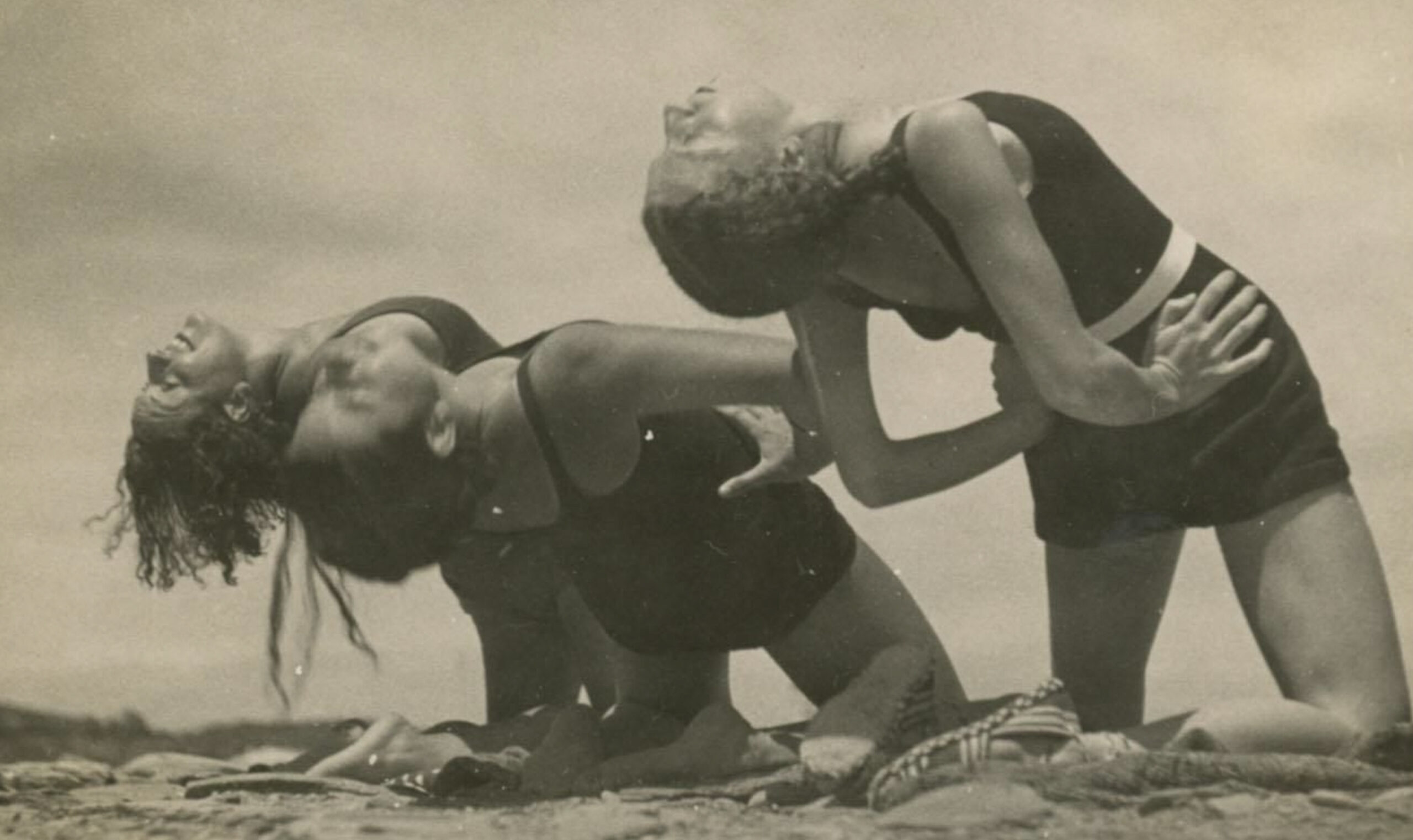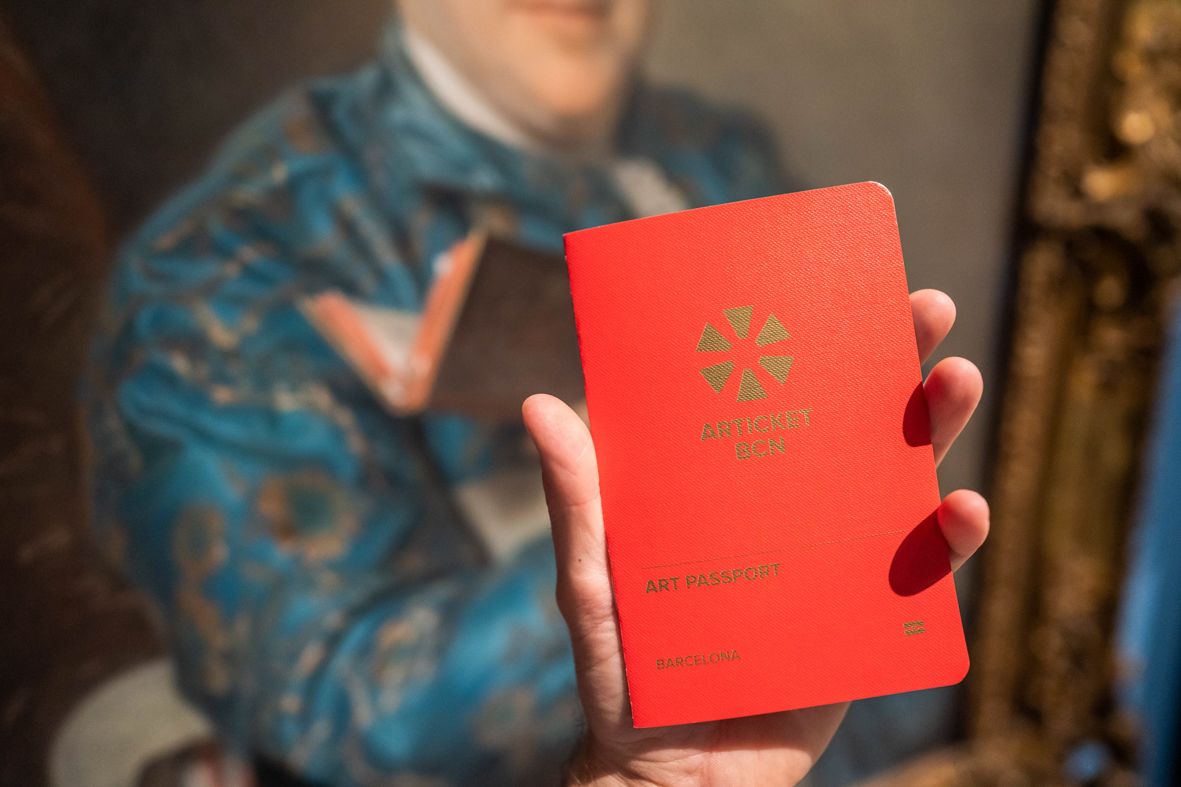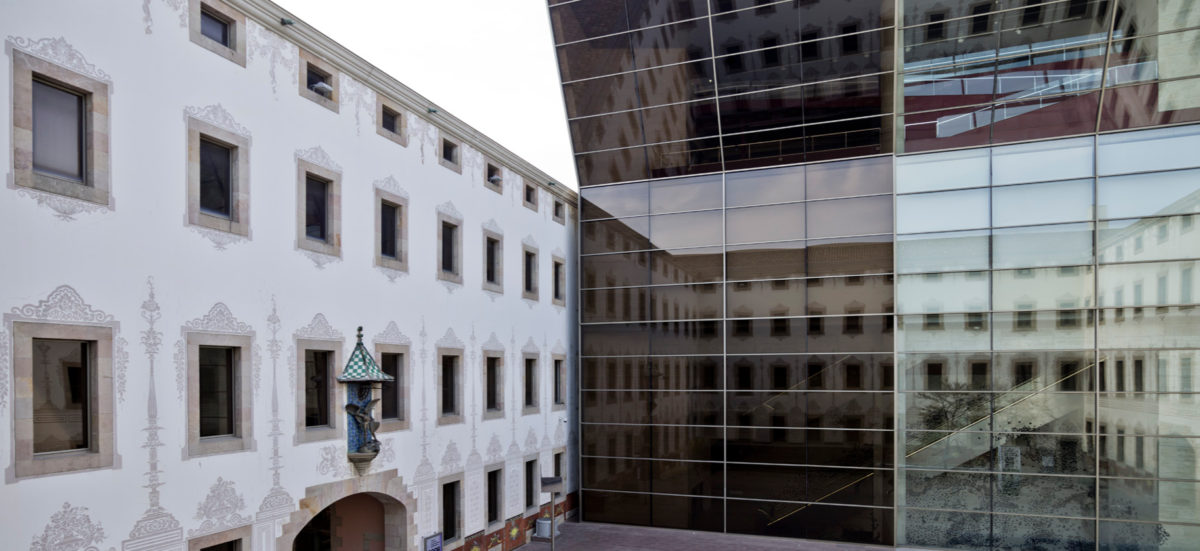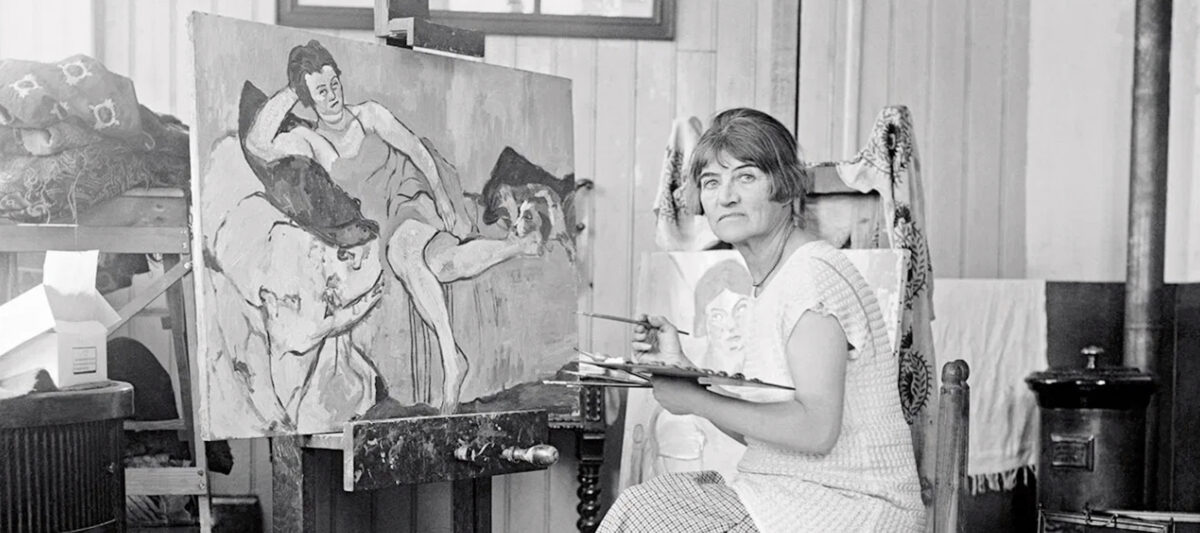Summer is synonymous with escapism, fun, rest and a connection with nature. Sometimes, however, it’s also synonymous with crowds, idleness and pollution… In the collections of the Articket museums there are works that reflect on some of these issues linked to this time of year, and are as contradictory as you can expect! Here is a selection of works for you to come enjoy in person, taking advantage of the coolness of the museums, climate refuges par excellence, using your passport!
Joan Rabascall: Costa Brava Landscape (L’Escala seen from the cemetery)
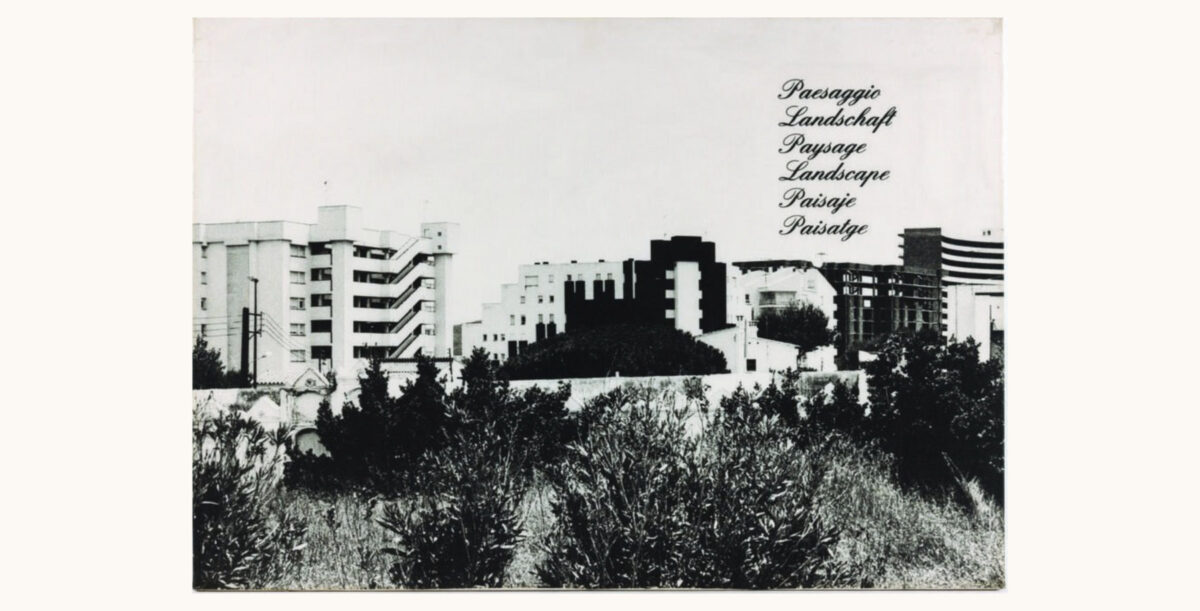
MACBA collection. Barcelona City Council repository. © Joan Rabascall, VEGAP, Barcelona, 2023.
Beaches overflowing with cars, cemeteries surrounded by apartment blocks, abandoned buildings… Does this scene sound familiar? When Joan Rabascall photographed the north of the Costa Brava in the summer of 1982, the real landscape did not quite match the idyllic image sold on postcards and by tour operators. Conceived as a reflection on the idea of landscape, his series Costa Brava Landscape, which is part of the MACBA collection, eschews the usual clichés and focuses its gaze on an unusual off-screen setting. By printing the word “Landscape” in six languages on the image, as if it were a typical postcard, Rabascall confronts costumbrismo and mass culture. Or, if desired, the idyllic construction elaborated by pictorial landscaping with the devastating arguments of tourism.
Ramon Casas: Idle Hours

Acquisition from the Plandiura collection, 1932
Who hasn’t become lazy during the summer holidays? Ramon Casas knew how to represent this to perfection in this modernist work that is part of the collection of the Museu Nacional d’Art de Catalunya and which you may well identify with! Although some details remain a mystery, it seems that it could be the work presented at the Venice International Exhibition in 1905 with the name Far niente. The pleasure of doing nothing, the dolce far niente, as the Italians would say, makes more sense than ever during the summer!
Mey Rahola: Ball players (Joy)

The Generalitat Government of Catalonia repository. National Photography Collection, 2020. Museu Nacional d’Art de Catalunya. © Inheritors of Mey Rahola
Mey Rahola was one of the first women to make a name for herself in the field of artistic photography in Spain, participating in the construction of the new role of women in the public sphere during the Second Republic. The theme chosen in Ball players (Joy) offers us this exact image of a new woman, with drive and initiative, who enjoys leisure and sports in the same way as men did. Its innovative framing avoids the more general view and cuts off a good part of the bodies of the bathers to focus attention on the action and especially on the smiles that the game brings to the players. Discover more about the universe of Mey Rahola at the Museu Nacional!
Joan Miró: Drawing-poem L’été
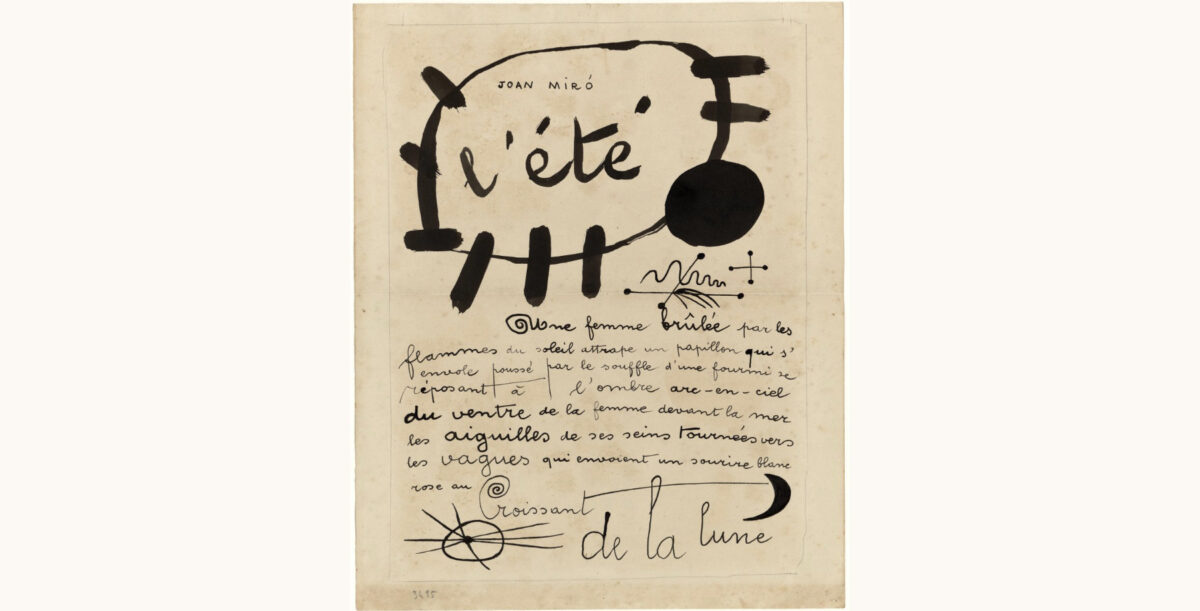
Fundació Joan Miró, Barcelona
Throughout his career, Joan Miró displayed a special preference for poetry and poetic prose, establishing a relationship of complicity with poets such as Lise Hirtz, Paul Eluard, Tristan Tzara, Jacques Dupin, Joan Brossa and Jacques Prévert. In this drawing-poem, presided over by an exuberant sun, Miró conveys his particular view of summer through the following verses which, translated into English, read as follows:
summer / a woman burnt by the / sun’s flames attracts a butterfly which takes flight / blown by the breath of an ant / resting in the rainbow shadow / of the belly of the woman facing the sea / her pointed breasts turned towards / the waves which send a pink / white smile to the / crescent / moon.
Fina Miralles: Sea of grass
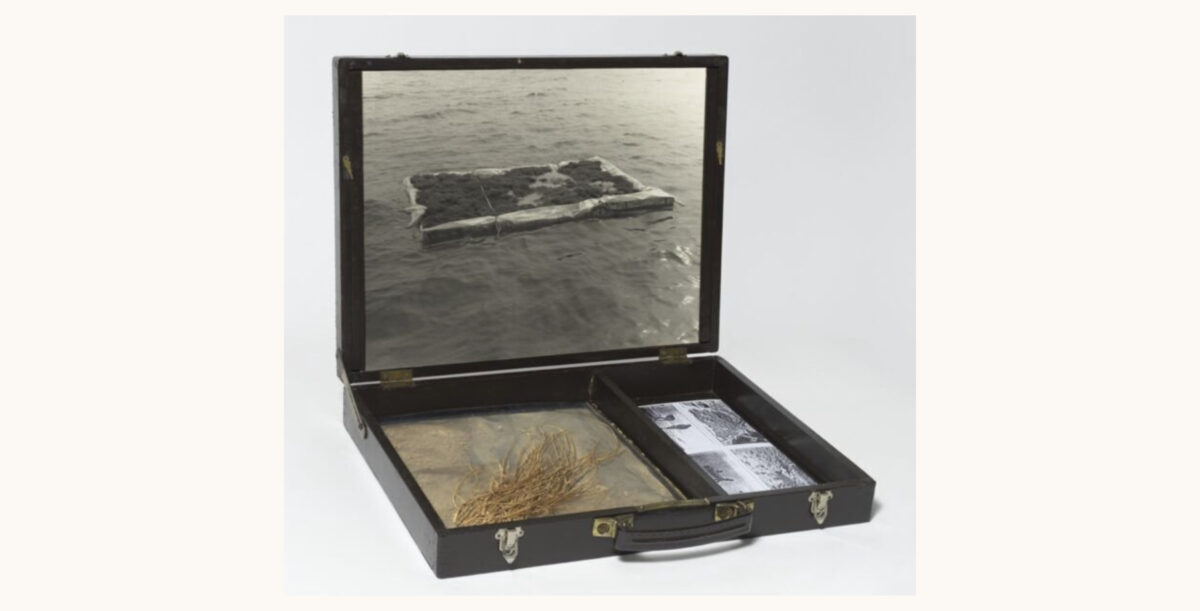
MACBA collection. MACBA consortium © Fina Miralles
Within the framework of arte povera, the actions of Fina Miralles developed as a reflection on the materiality of nature at the beginning of the seventies. Much of her work emphasised the dialectic between nature and artifice through a change in the context of physical elements. Her Translations series, present in the MACBA collection, documents some of these actions performed in November 1973. On the beach in Premià de Mar, Miralles set grass floating on the sea: the grass, which had been grown in Sabadell, was cut and transported in turves of 40 × 40 cm. The float lasted about three hours. Miralles gathered the images of the action in a box-suitcase as a reference to Marcel Duchamp’s emblematic Boîte en valise.
Pablo Picasso: Barceloneta beach
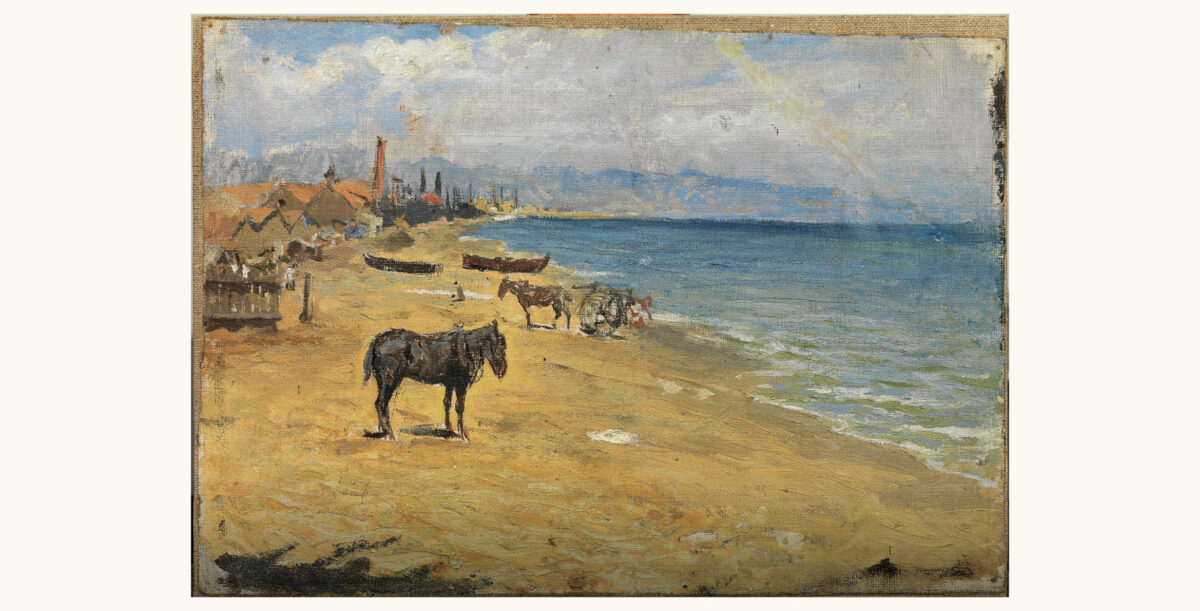
Donation by Pablo Picasso, 1970. MPB 110.073
The sea, a summer essential that has inspired so many artists. In fact, it was a primary theme of Pablo Picasso’s formative era, since all the cities in which he lived during his youth were seaports. The fact that the family homes were close to the port provided the young painter with numerous opportunities to draw inspiration and capture that environment. This painting, which is part of the Museu Picasso collection, represents a view of the seafront of Barcelona, with the Marina mountain range in the background, the beaches of Mar Bella and Bogatell, the factories of the working-class neighbourhood of Poblenou and the Barceloneta beach in the foreground. What a change compared to today’s seafront; don’t you think?
Antoni Tàpies: Matter in the Form of a Foot
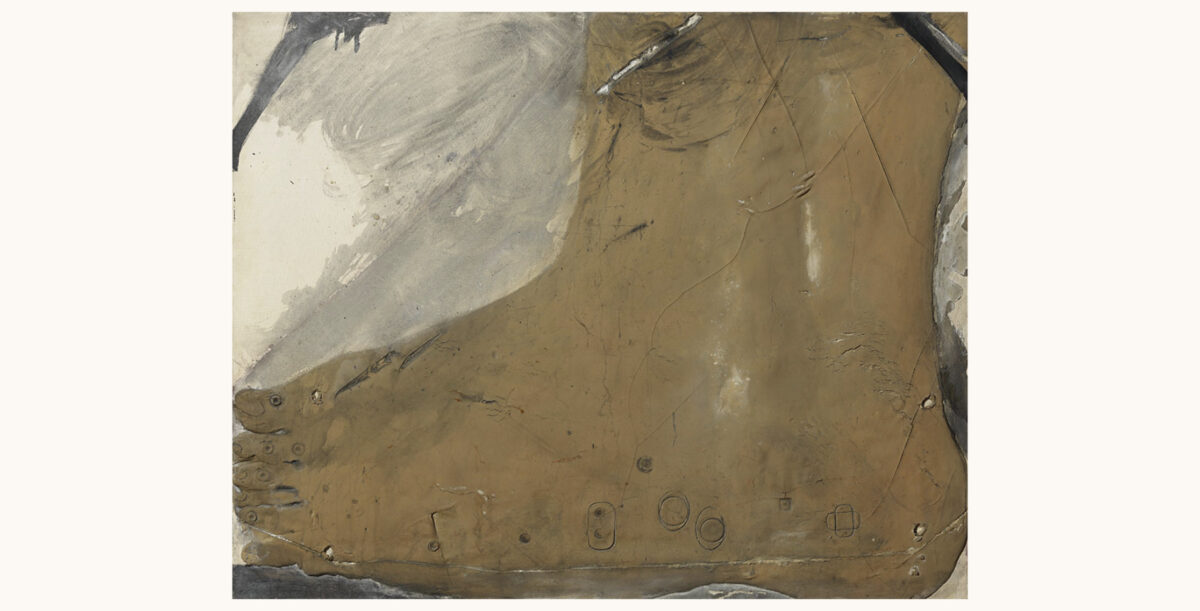
Feet and Instagram… How many times have we seen this dubious combination in the summer photos of friends and acquaintances? The image of the foot is especially representative in the work of Antoni Tàpies, from the iconic representation of a foot to its footprint. For the artist, the foot is something humble and passive, more related to the materiality of the earth than to the spirituality of thought. This foot does not present a clean and attractive surface, it no longer seems useful and is therefore opposed to any production ideology. Tàpies rejects any canon of ideal beauty and consciously tries to transgress its basic tenets by choosing subjects traditionally considered unpleasant and fetishistic.
Morning star
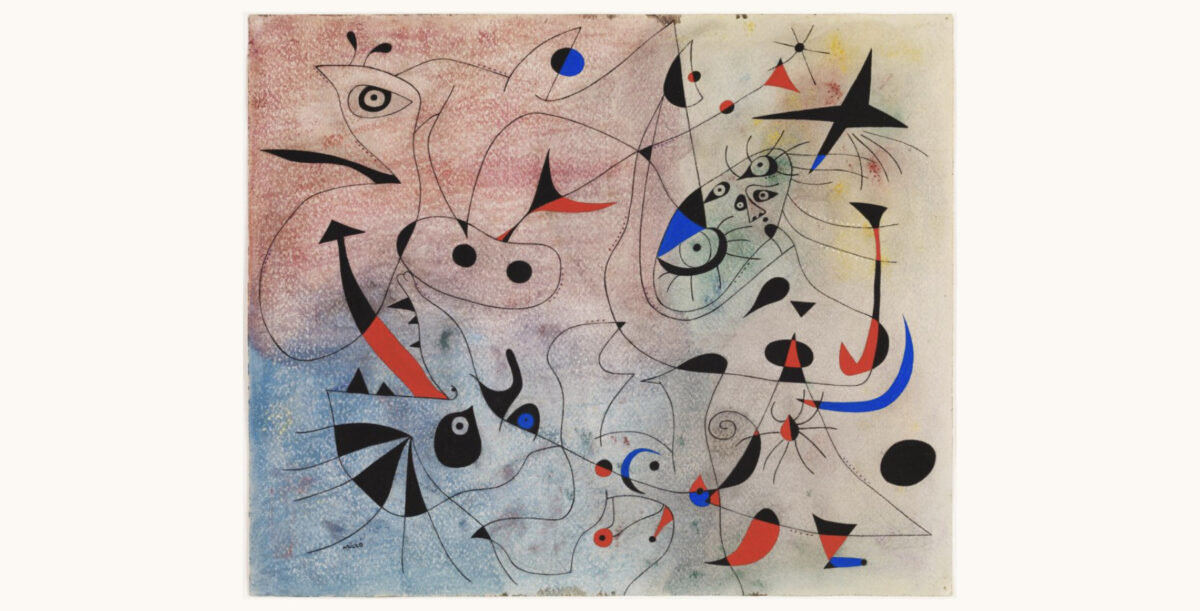
Fundació Joan Miró, Barcelona. Donated by Pilar Juncosa de Miró
In the summer of 1939, a month before the outbreak of the Second World War, Joan Miró moved to Varengeville-sur-Mer, in Normandy. Miró feels the desire to escape from the reality that surrounds him. The secluded life favours this process of introspection, in which the sky and the night, with its stars, play an essential role. The Constellations, a series made up of twenty-three works of gouache on paper that form part of the Fundació Joan Miró collection, seems to want to represent the entire order of the cosmos, with weightless figures that refer to the earth and share existence with a multiplicity of celestial signs.
Pablo Picasso: Bathers at the pool
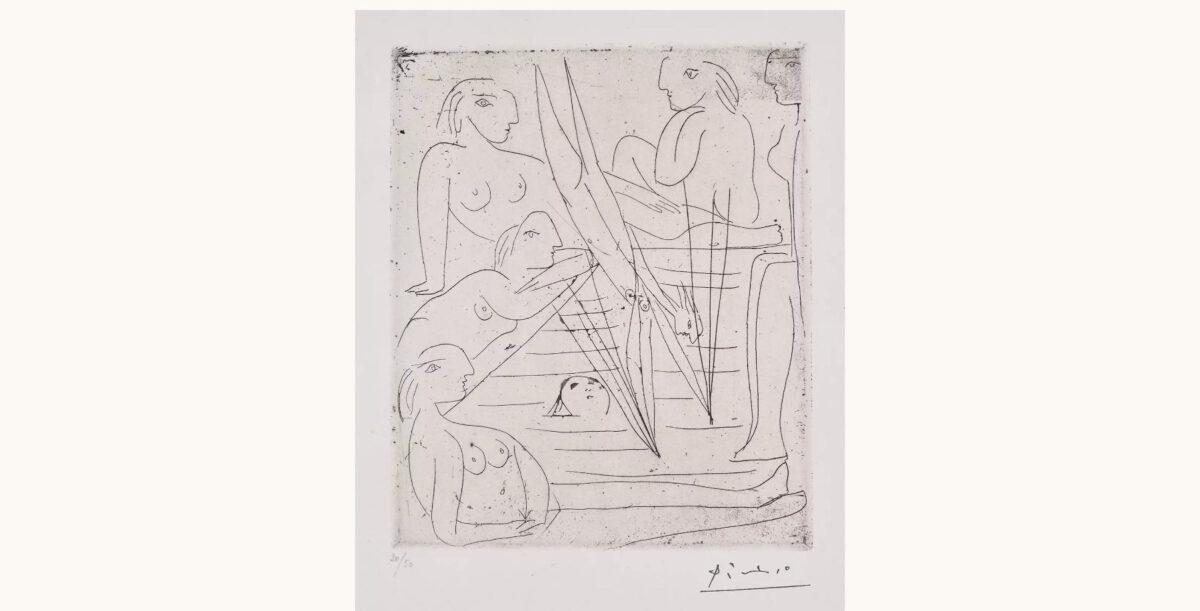
Donated by Galerie Louise Leiris, 1983. MPB 112.660
If bathers are a traditional subject of painting and sculpture, Pablo Picasso inverts it in a very unique way and reinvents it from a modern perspective. The classic nymph becomes a being emerging from the water that inhabits the beaches and swimming pools, from a hedonistic, mundane and playful point of view, like summer itself, which also marks the evolution of his own artistic work. You will find many different approaches in the Museu Picasso collection!
Antoni Tàpies: Zoom
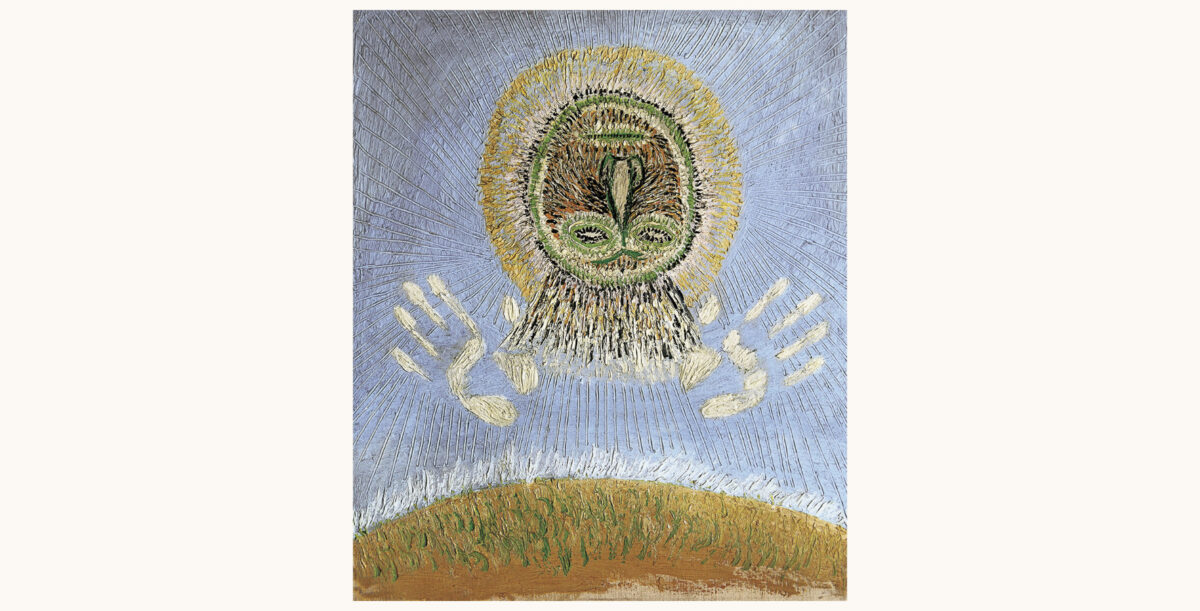
One of the earliest works that the Fundació Antoni Tàpies has is Zoom (1946), a painting that alludes to the visceral primitivism of children’s art or of the mentally ill that seemed to be vindicated during the post-war period in Europe. The work expresses a rejection of modern civilisation and a desire to return to a pre-industrial world, where a more intimate relationship with nature is embraced.
